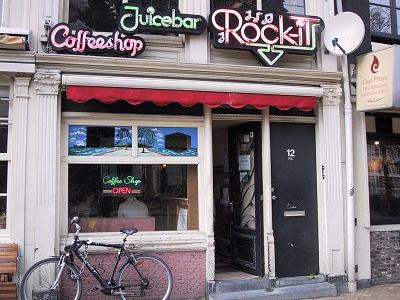Bit of a bother with my bike today. A couple of weeks ago I had finally gotten a new bike, after my last one had been stolen more than a year ago. At the hospital S. is unfortunately still in there’s a bike repair place which also sells secondhand ones and when I looked there they had a nice, proper Raleigh bike, one of those that you can’t help but ride sitting up ramrod straight, for less than 200 euro. In very nice condition and looking as if it came straight out of the fifties, I was a bit wary of leaving it out on the streets. Which is why I usually stall it in the underground automated parking at the ferry when I go to work. And this uses some sort of Windows based software to do all the work, which I know because the first time I wanted to use it, it had blue screened. Not a good start, but I had been using it without problems ever since.
Until today. Checked my bike in with no problems; wanted to check it out tonight, no go. The chip and pin machine, with which you pay and which uses your bank card to recognise which bike you’re attempting to collect, was borked. So I called the emergency line, they asked the usual questions, then got me called back by somebody with some clue, he asked for the last four digits of my bank pass, then used that to locate and get my bike. The video above shows the physical side of that process; thanks to the monitor screen normally used to explain the system, I got to see the software side of things. It could’ve been an old skool DOS programme, a light blue background with hideously big buttons, with a list of ticky boxes in red (occupied) or green (free) followed by the bank pass number (only the last four digits shown iirc) the customer had used. The admin checked mine and hit the button “get bike” et viola, there it was.
As a card carrying geek it’s always interesting to get such a look at the software behind the curtain — and because it was a nice hot day, I had no problem waiting a bit longer than normal to get my bike either!
